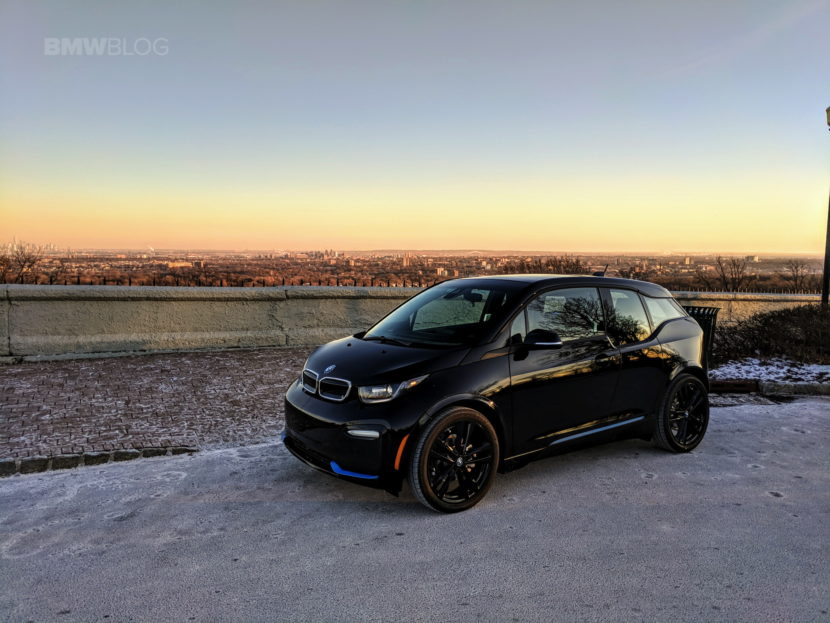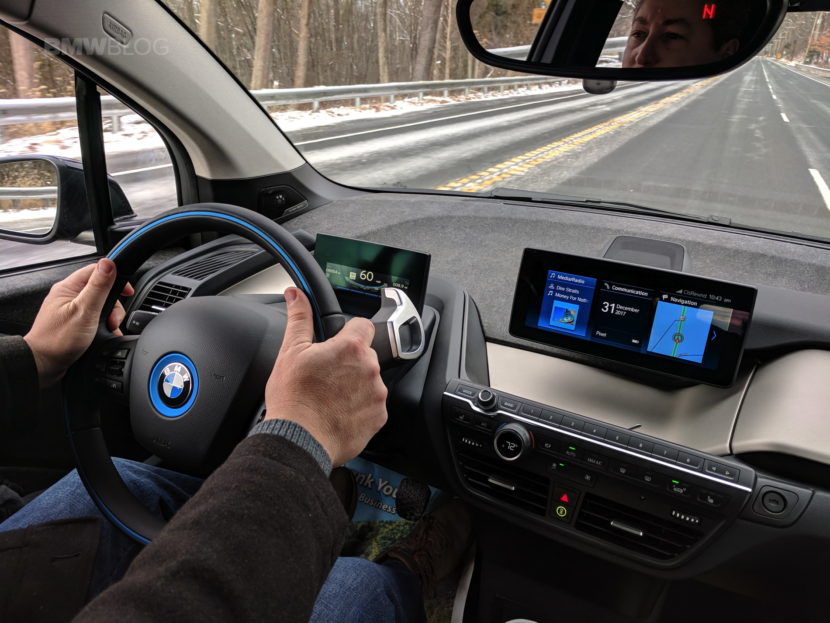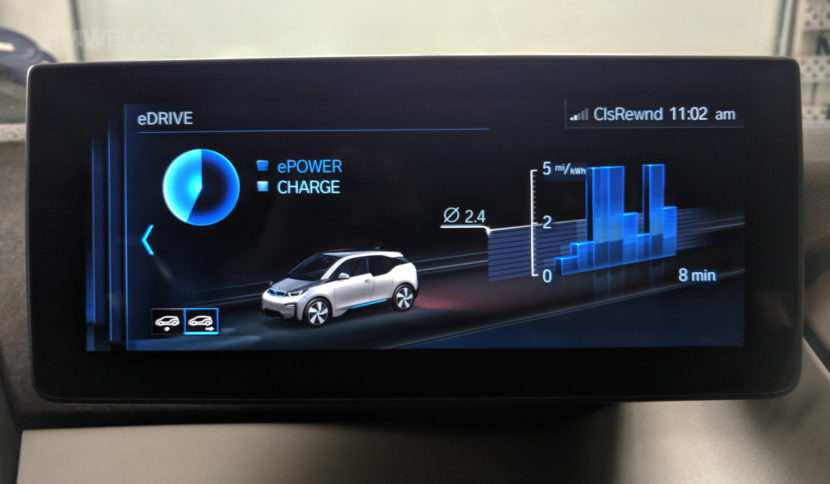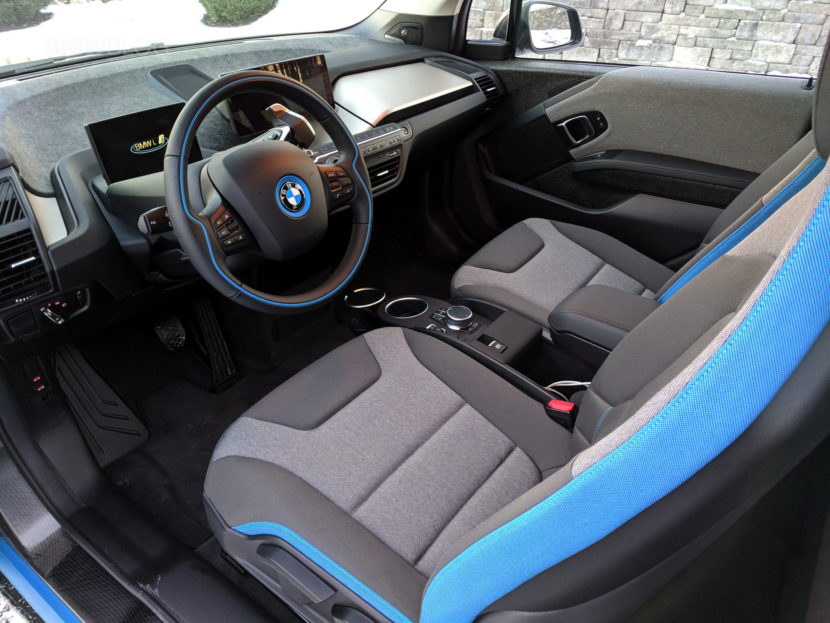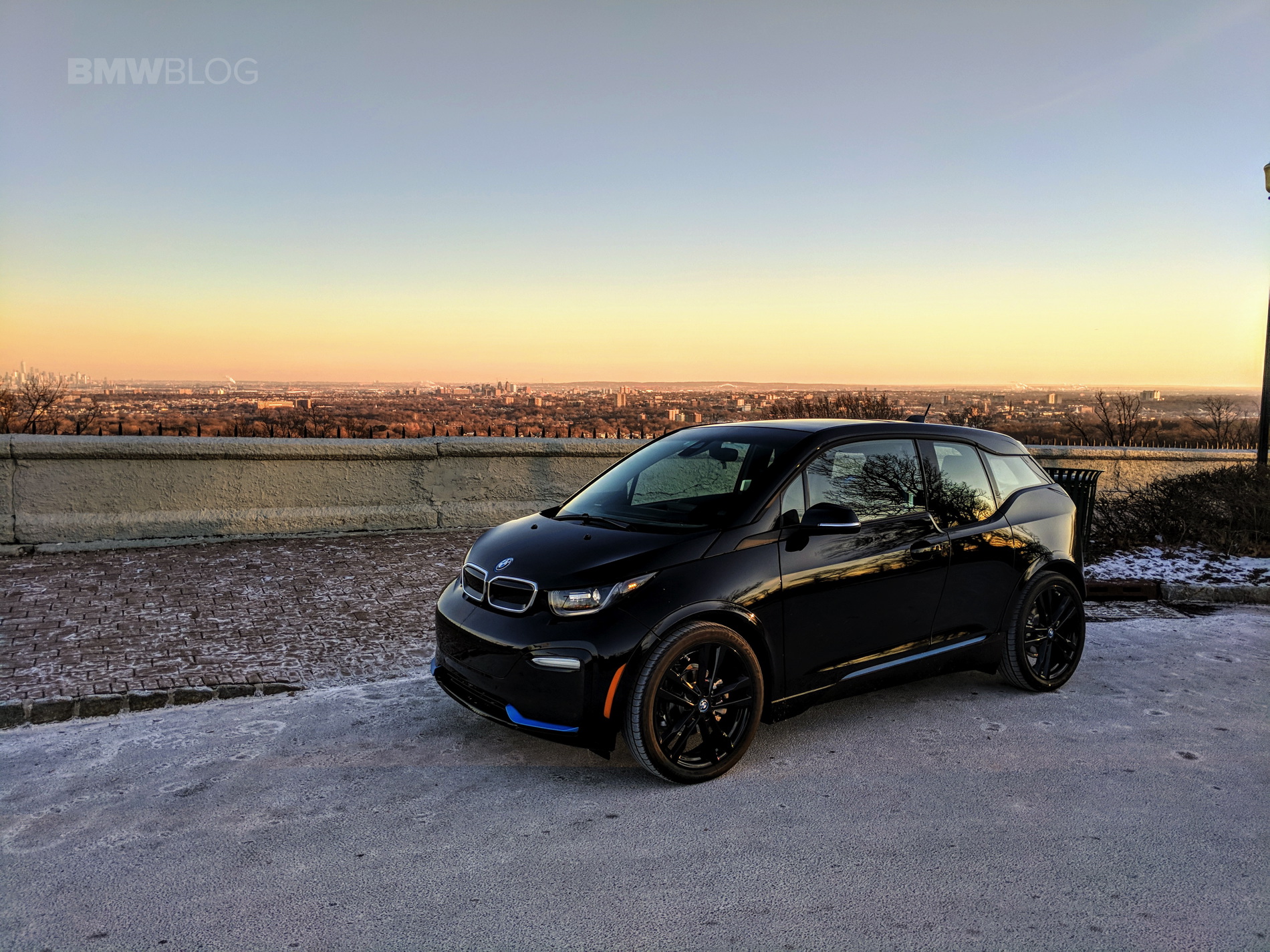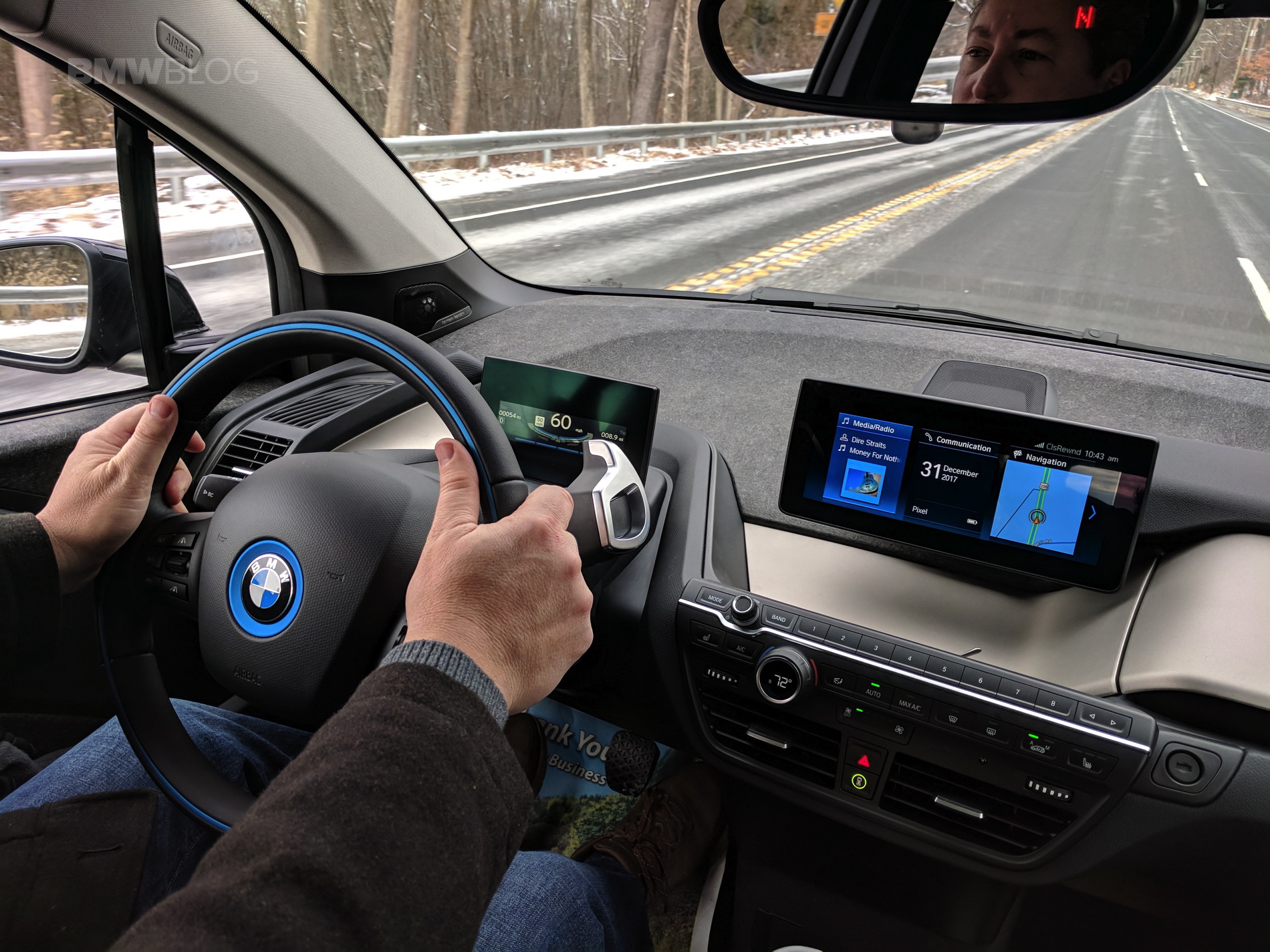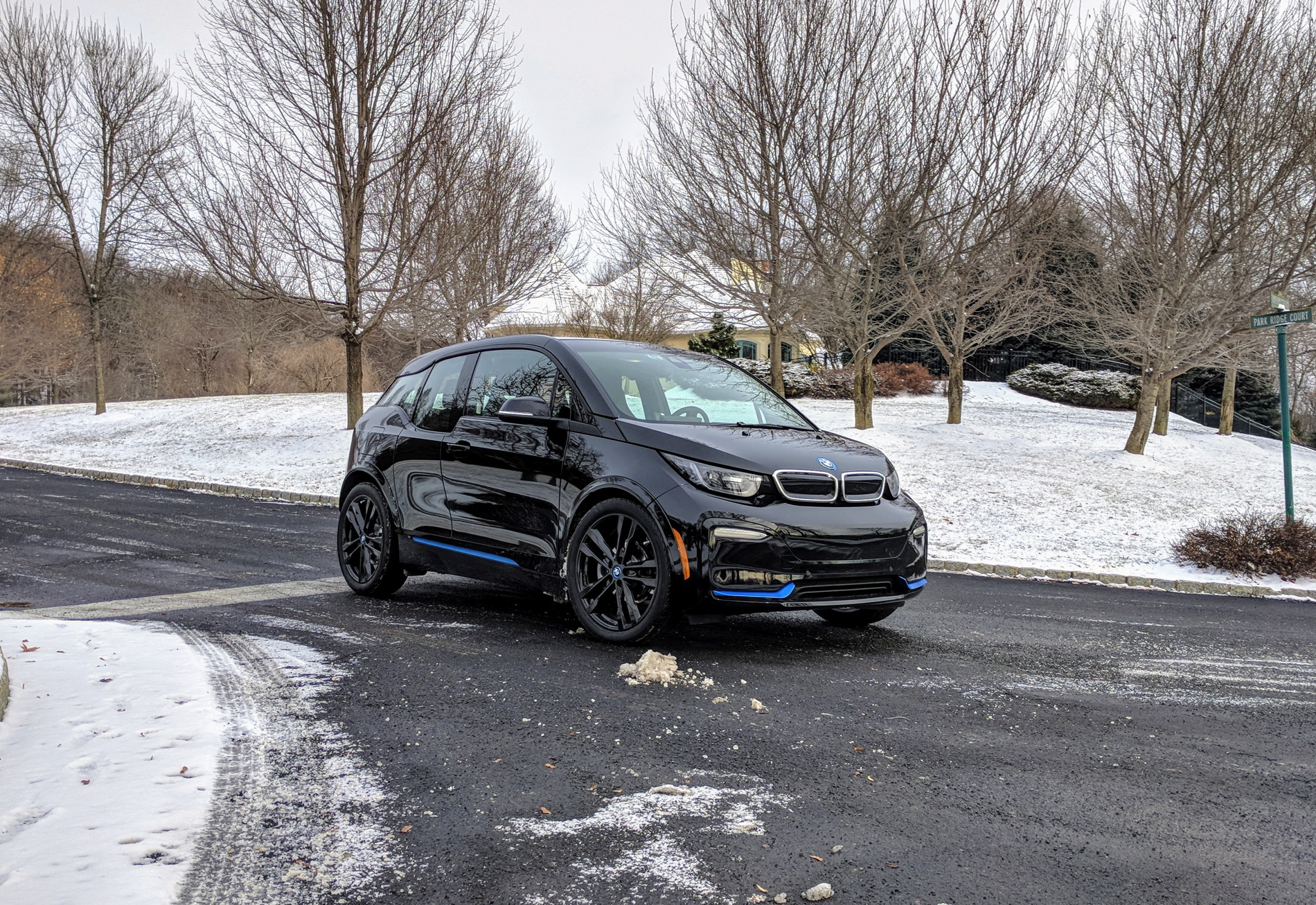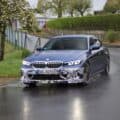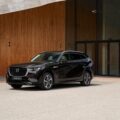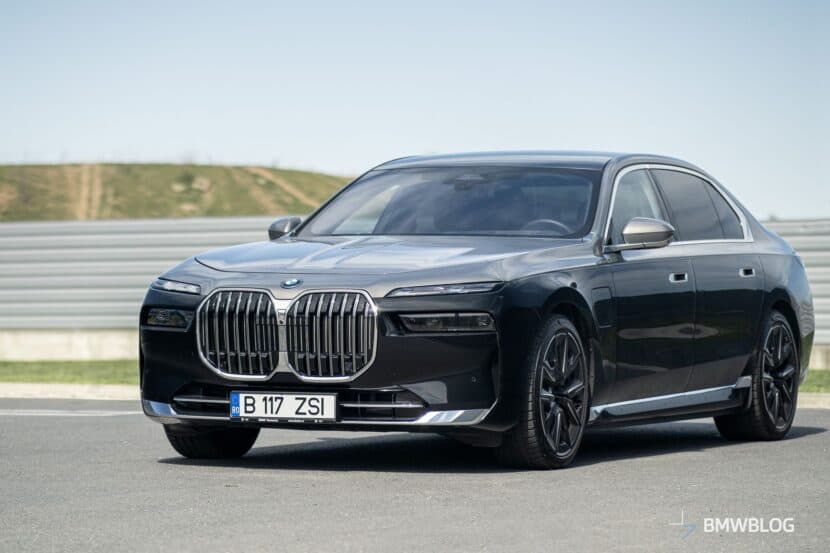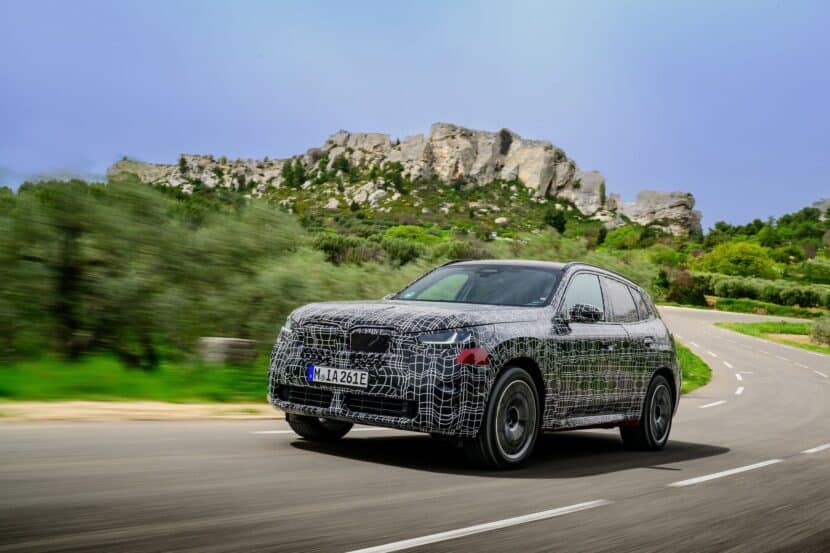On December 30th, 2017, BMW delivered the very first US 2018 i3s, the new Sport version of BMW’s only all-electric car. That car was a Fluid Black BEV (no range extender) and it ended up finding a home in my garage.
I’ve been more than lucky the past few years as far as firsts for BMW’s electric cars. On January 14th, 2012, I became the very first customer in BMW history to take possession of an all-electric BMW vehicle. Then, two years later on May 25th, 2014, I took possession of the very first BMW i3 REx in the US.
However, this time it’s a little different. This is the first time I’ve picked up an improved version of the same EV I’ve had before, rather than the next generation of BMW plug-in. Although the 2018 i3 is an LCI refresh of the model, and the i3s is a new i3 variant, so it actually is definitely different than the 2014 i3 that it’s replacing.
My 2014 i3 had the range extender option, but I opted for the full-electric BEV version this time. That’s because BMW upgraded the i3’s battery in 2017 to 33.2 kWh from the original 21.6 kWh battery that the i3 launched with in 2014. That increased the i3’s all-electric range from 81 miles per charge to 114 miles. 81 miles per charge just wasn’t enough for my driving needs, so I ordered my 2014 i3 with the range extender. However now, with the bigger battery, I decided that I no longer need the REx.
Speaking of range, the i3s actually has a slightly shorter range than the non-sport i3. That’s because of the added power and the increased rolling resistance from the wider tires of the i3s. The EPA range rating for the BEV i3s is 107 miles per charge, down 7 miles from the regular i3 BEV.
So far, I’m averaging about 90 miles per charge, but it’s been frigid here in New Jersey since I picked up the car, with temperatures in single-digits, so I would expect to get less than the EPA range rating in this kind of weather. Based on what I’m experiencing in this kind of adverse weather conditions, I suspect I’ll be able to get 120 miles per charge rather easily once the spring rolls around.
Visually, the LCI refresh gave the i3 a new front fascia and redesigned rear bumper area. The i3s has a slight variation of the changes up front and rear, as well as fender flares to accommodate the wider track and tires that the Sport version has.
The i3s has a new sport suspension which features specially developed springs, shocks, and anti-roll bars. This new suspension is unique to the i3s, and is 10 mm lower and 44 mm wider than the base i3. Plus, there’s also more rubber on the ground. The i3 Sport comes standard with new 20″ sport wheels, which are .5″ wider than the previous 20″ optional sport wheels available on the i3. This allows the rear tires to upgrade to 195/50 R20 and the front tires to use 175/55/R20. These new wheels are available in polished silver, and in Jet Black. In the three days I’ve had with the car so far, I can already tell that it handles much better than my 2014 REx did.
The i3s has 14 more horsepower (184 hp vs. 170 hp), and 15 more lb-ft of torque (199 lb-ft vs. 184 lb-ft) than the non-sport i3 models. The increase in power isn’t felt much at the low end, though. BMW’s claimed zero to sixty times are only .4 seconds faster (6.8 sec vs. 7.2 sec) than the base i3 BEV. The i3s’ increase in power is really felt once the car is going faster than 40 mph. At highway speeds, it really feels like a different car, both in acceleration and stability.
The power increase combined with the new sport suspension, wider stance, and better tires makes a huge improvement, especially at higher speeds. The i3s also has a slightly higher top speed than other i3 models. It tops out at 100 mph, which is 6 miles per hour faster than the non-Sport i3.
The i3s has a new Sport driving mode in addition to the three existing driving modes for the i3 (Comfort, Eco Pro & Eco Pro Plus). The owners’ manual states that the Sport mode offers a “more direct accelerator response and tighter steering characteristics” and I definitely found that to be true. The steering is heavier and delivers more feedback to the driver.
Other changes for 2018 include the new version of BMW’s iDrive, which now display’s three menu tiles at a time, and also offers Apple’s CarPlay. There’s also a BMW i Blue seat belt option ($300), which I ordered. The headlights now control the high beams also, and are all LED. All previous year’s i3s had separate high beams located below the headlights integrated into the bumper. They were halogen and not very effective, in my opinion. I actually upgraded them to LEDs on my 2014 i3. The new LED high Beams on the 2018 i3 & i3s are much better than the headlights on i3s from previous years.
While I’ve only had a few days behind the wheel of my new i3s, I already know that I’m going to be very happy with it. It’s everything my old i3 was plus more power and much improves handling and stability, especially at highway speeds. The Sport driving mode combined with the suspension upgrades and wider tires really changes the driving dynamics of the electric Bimmer. I can definitely now see why Autocar said this about the i3s after their time behind the wheel:
“But I can say that, in ‘S’ form, the i3 is now more enjoyable than any other EV bar an i8, a Tesla Model S with ‘ludicrous’ mode engaged or a Nissan Leaf on plastic rear tyres. For that reason alone, it has become our favourite version of one of our favourite EVs.”



